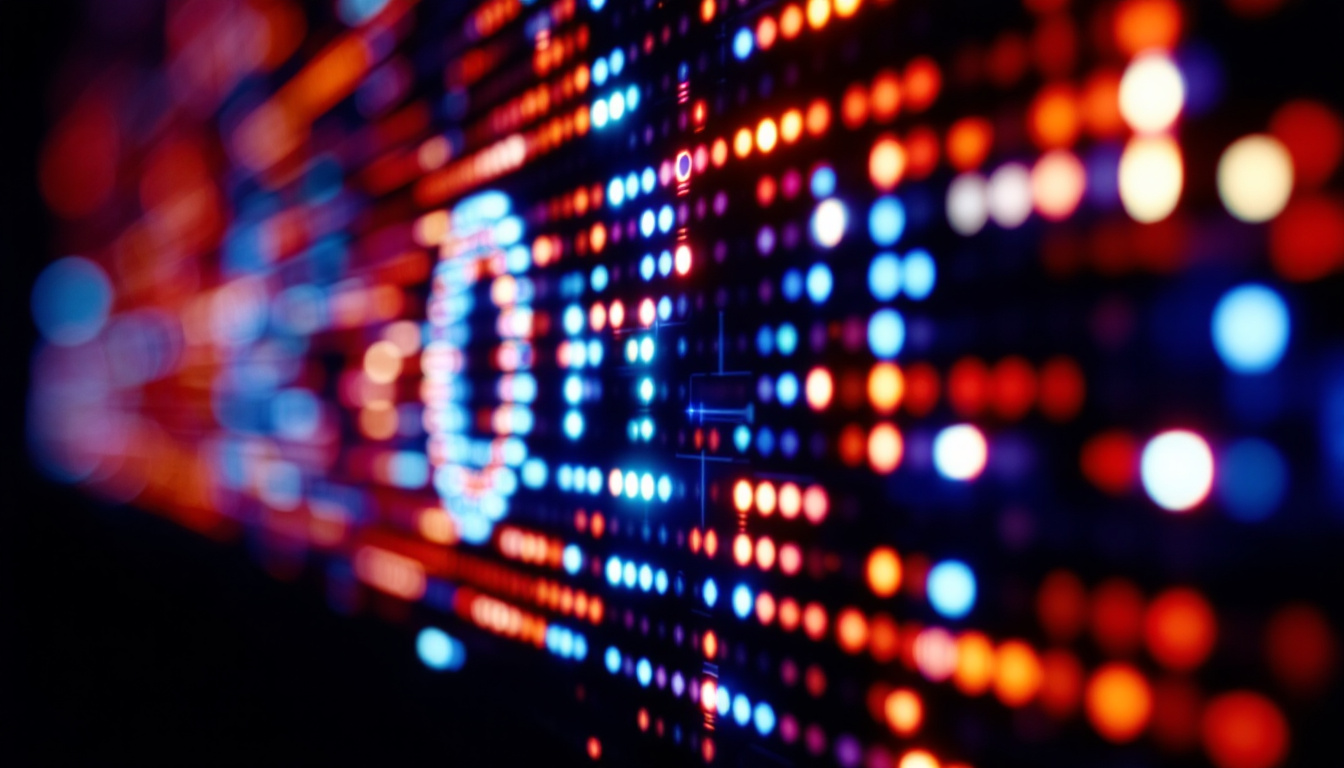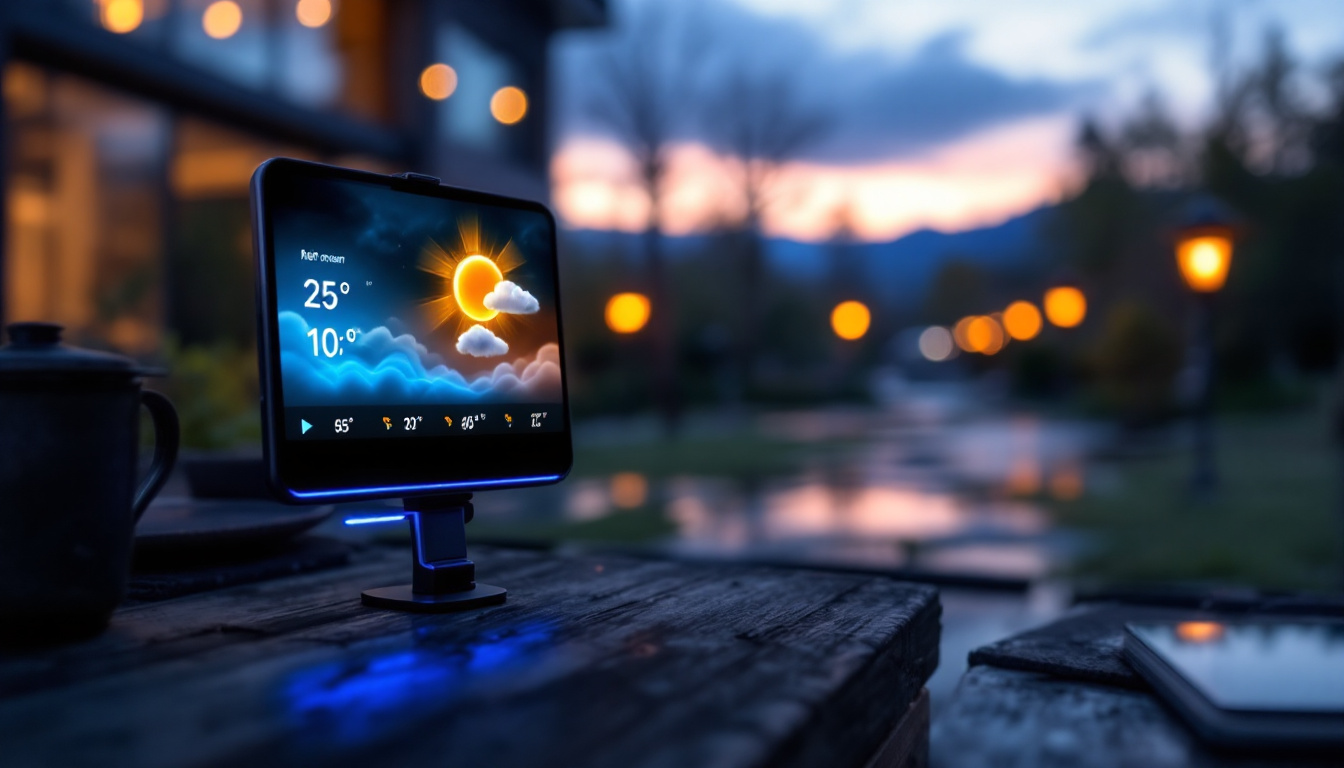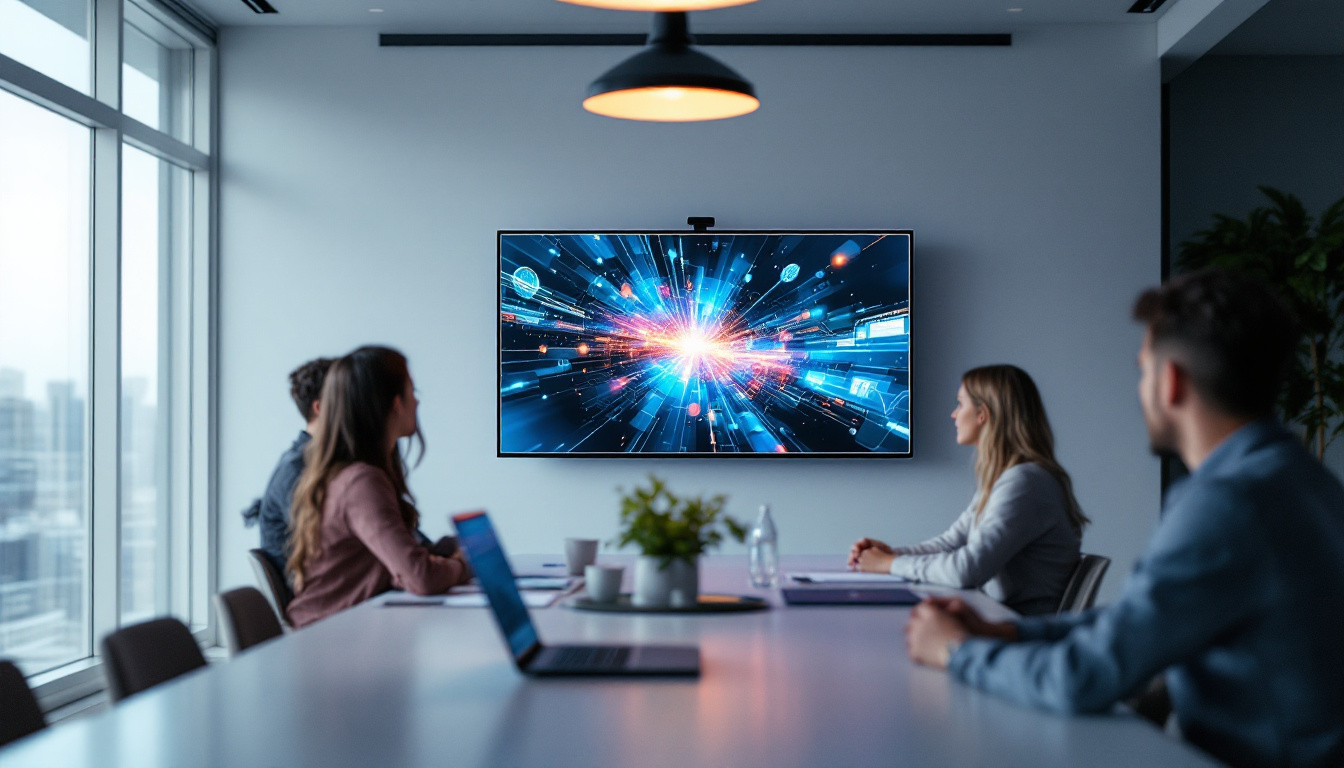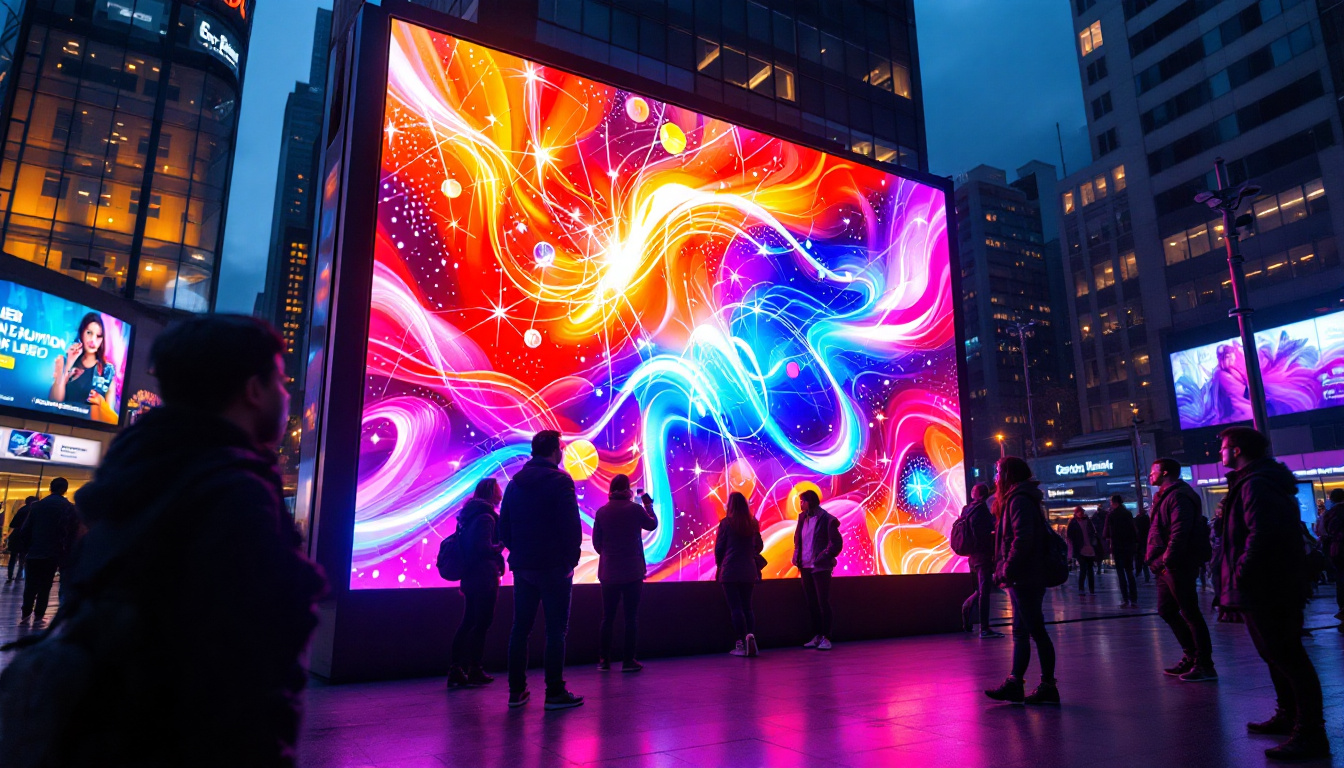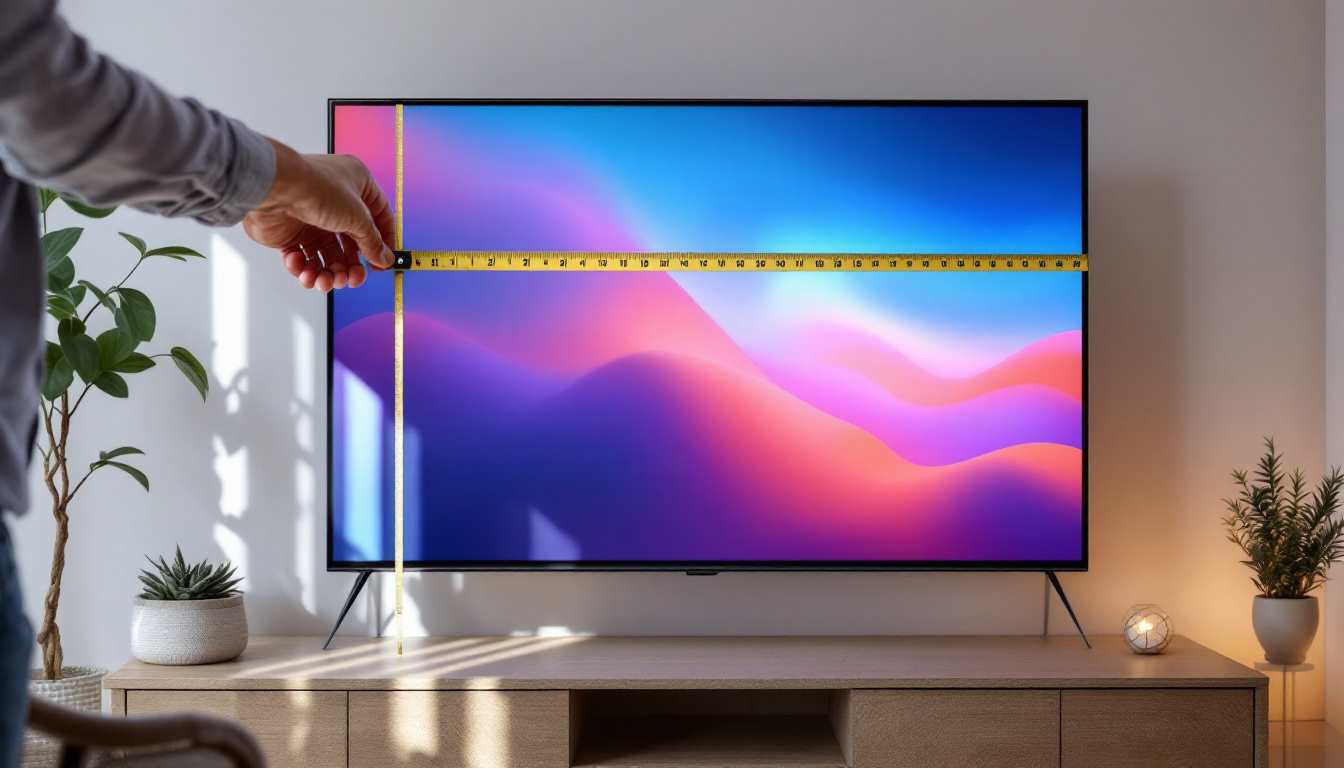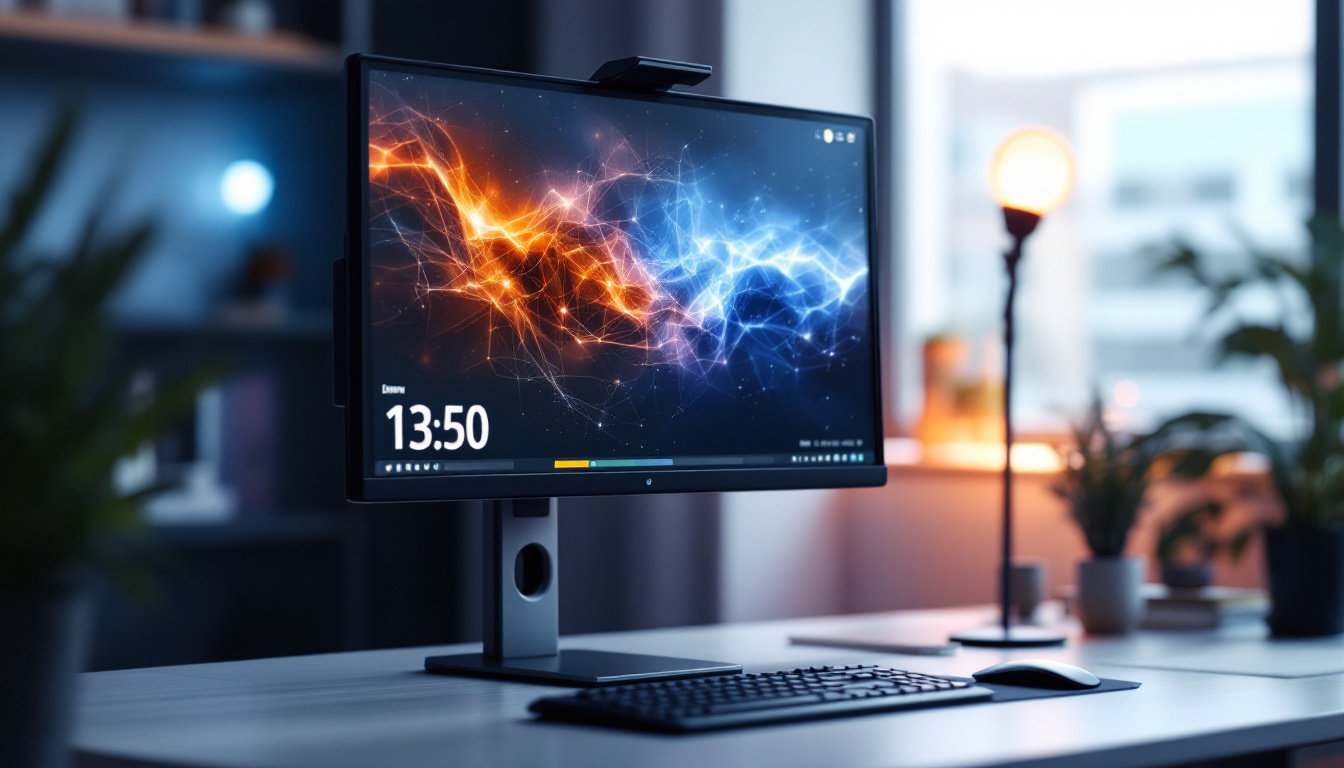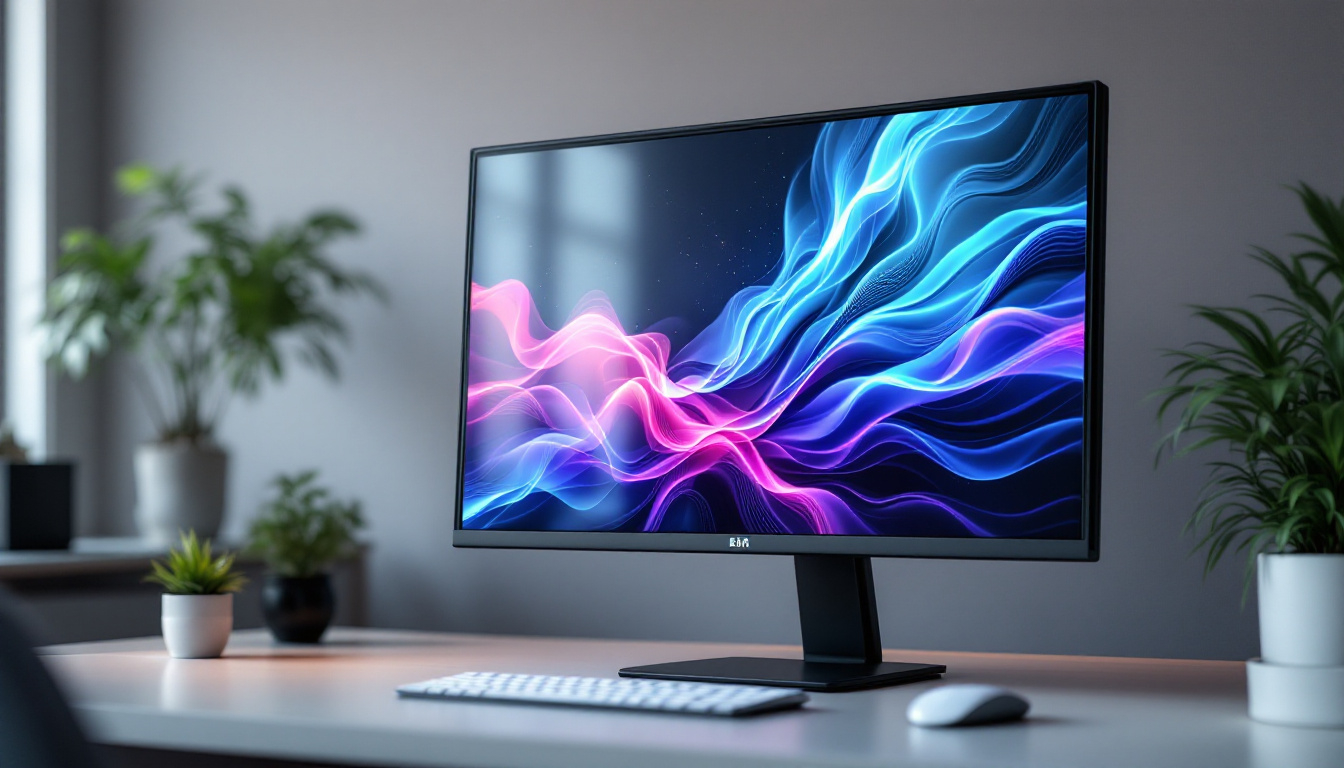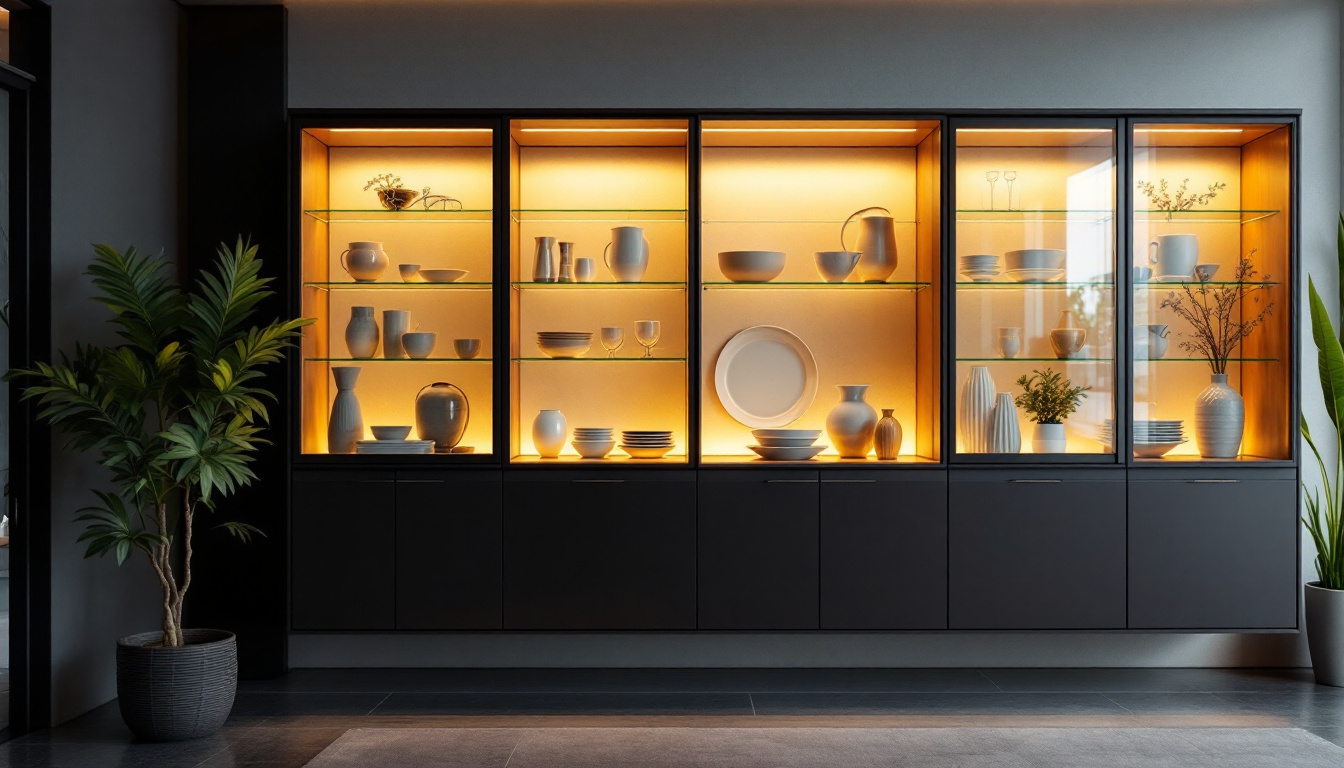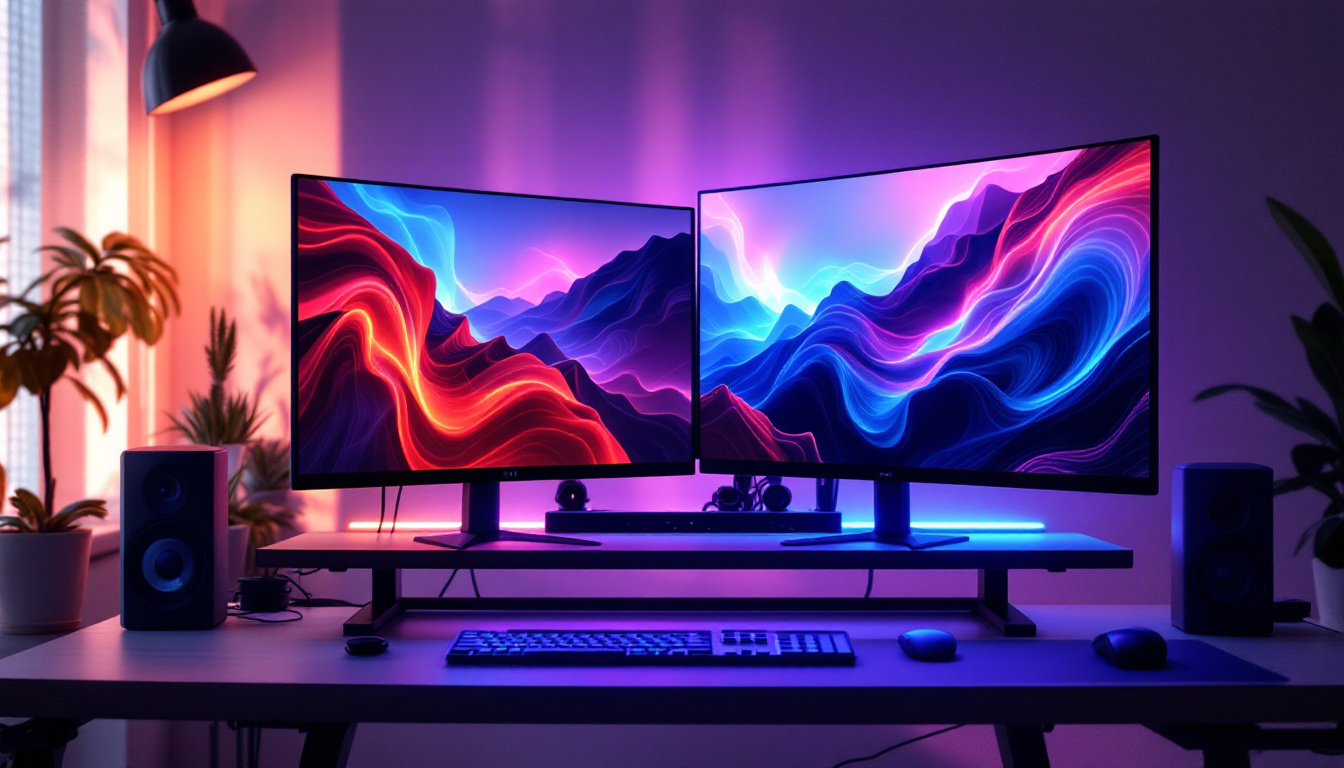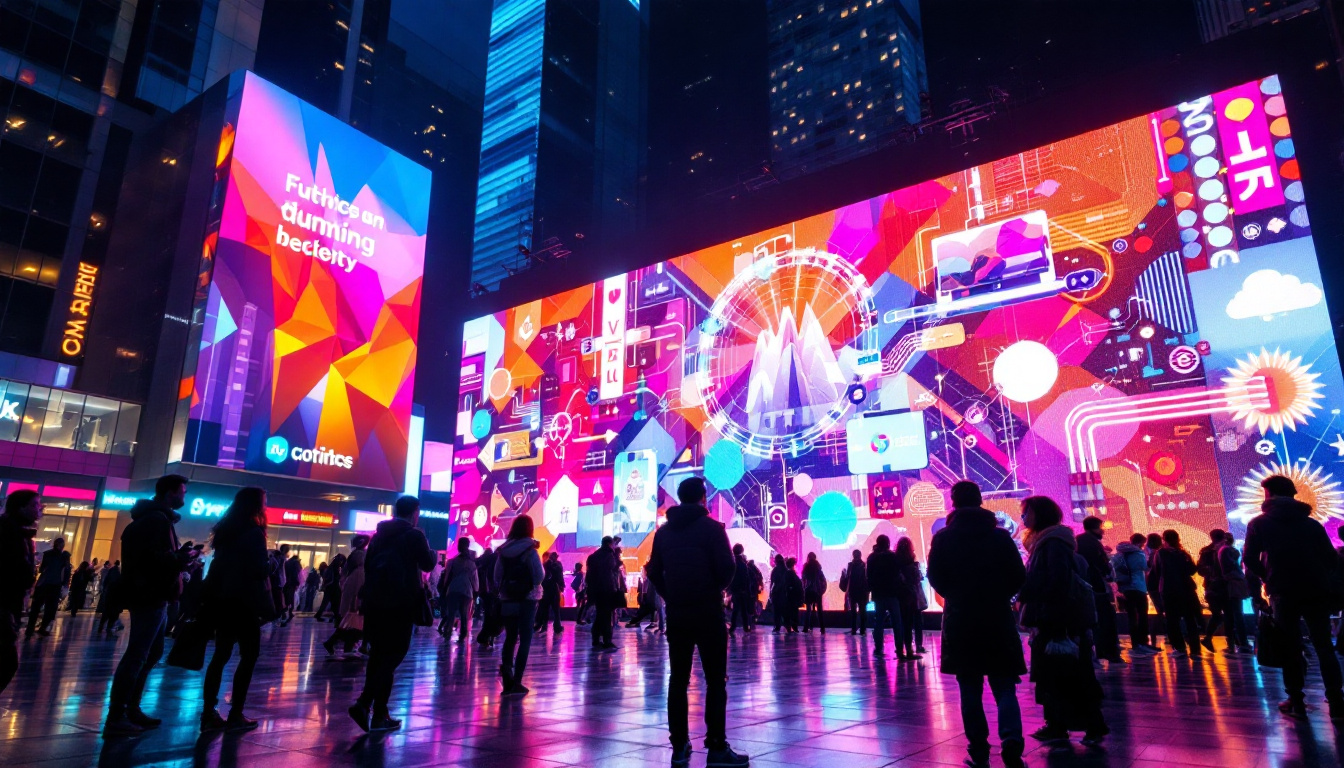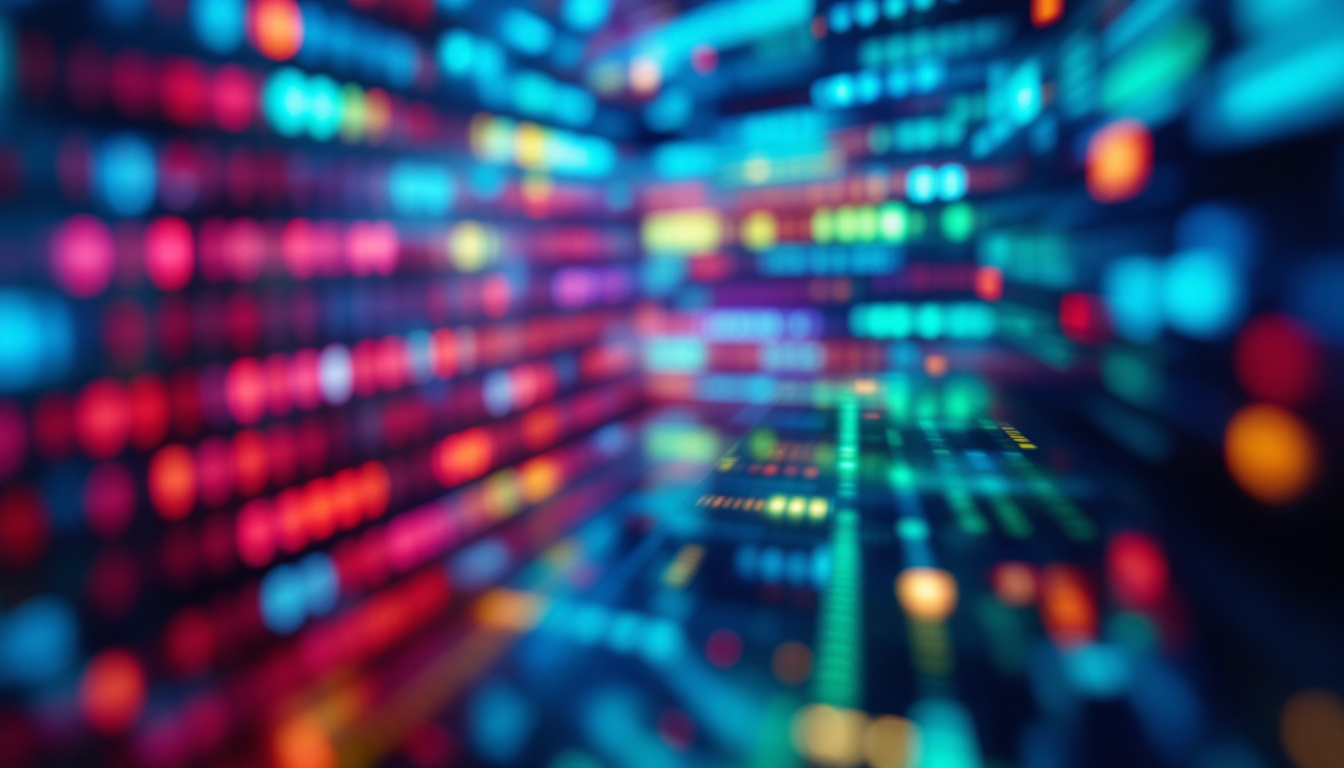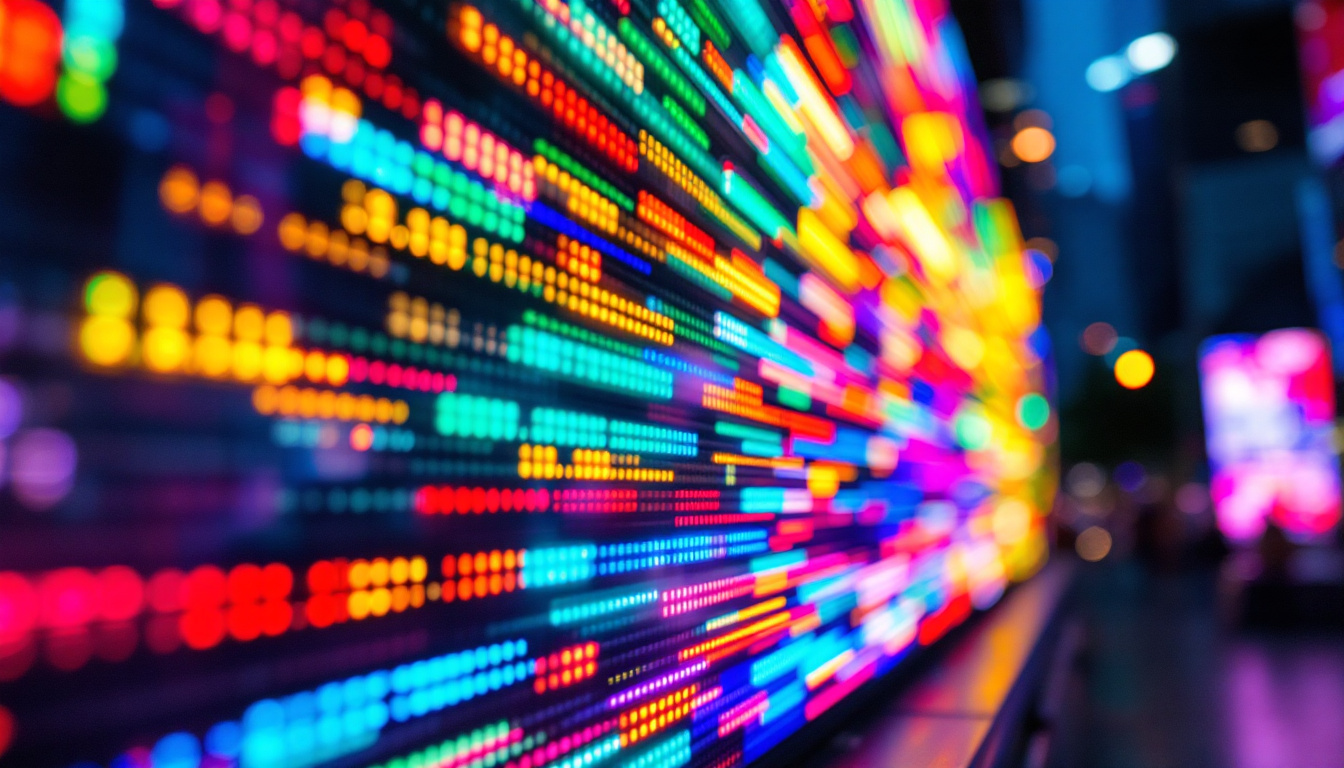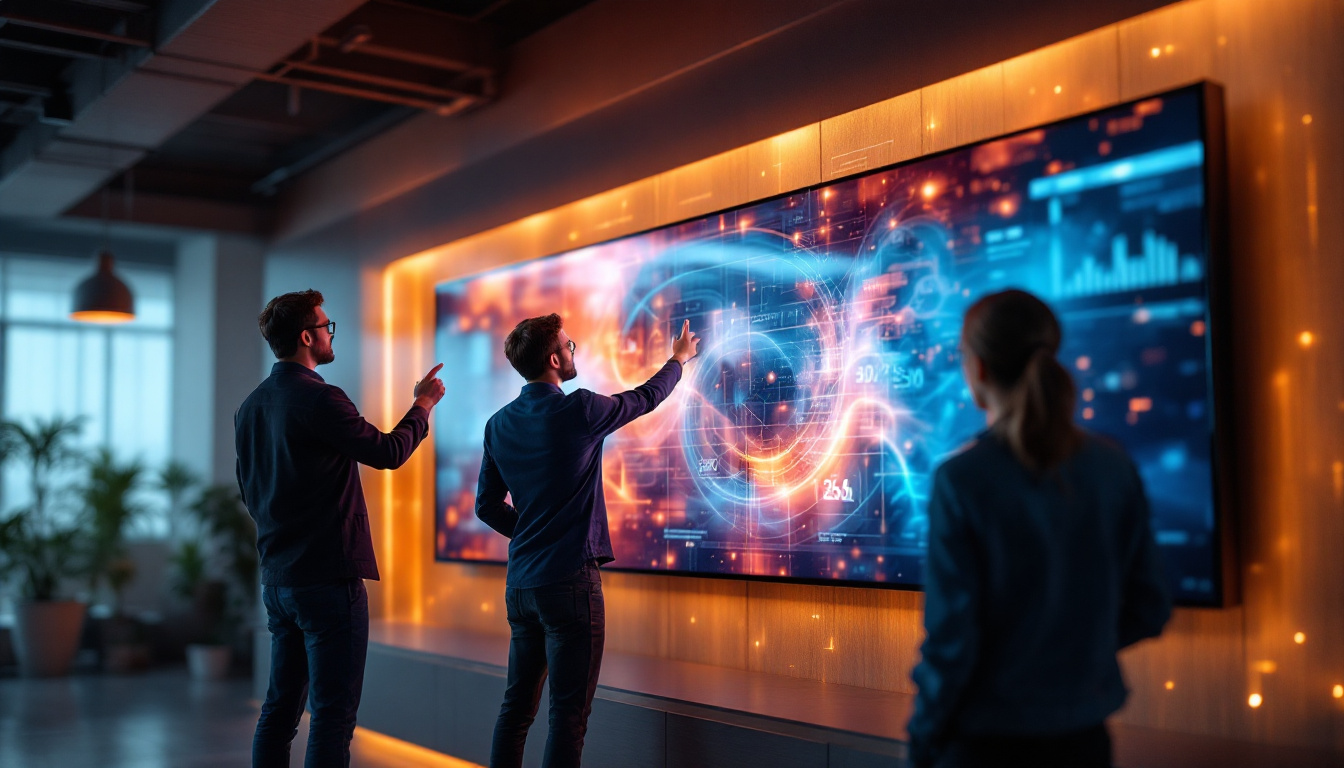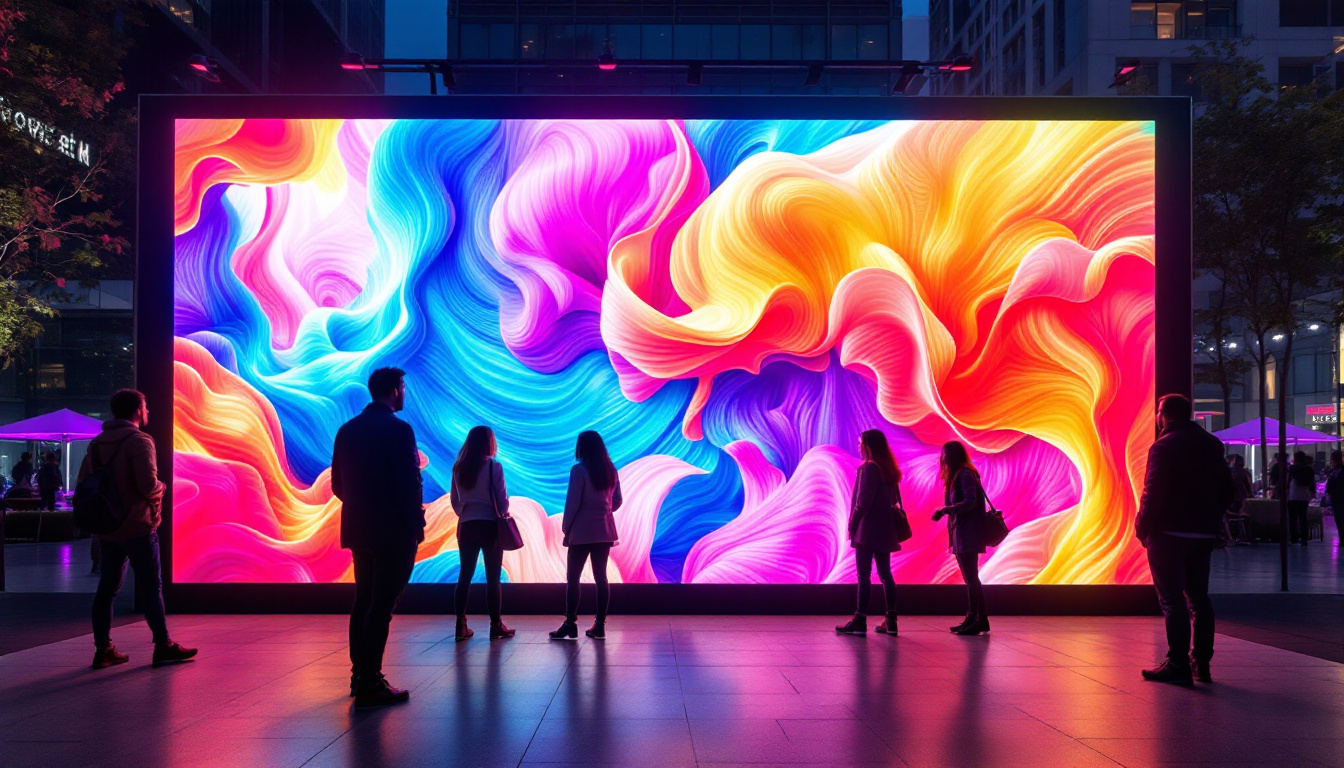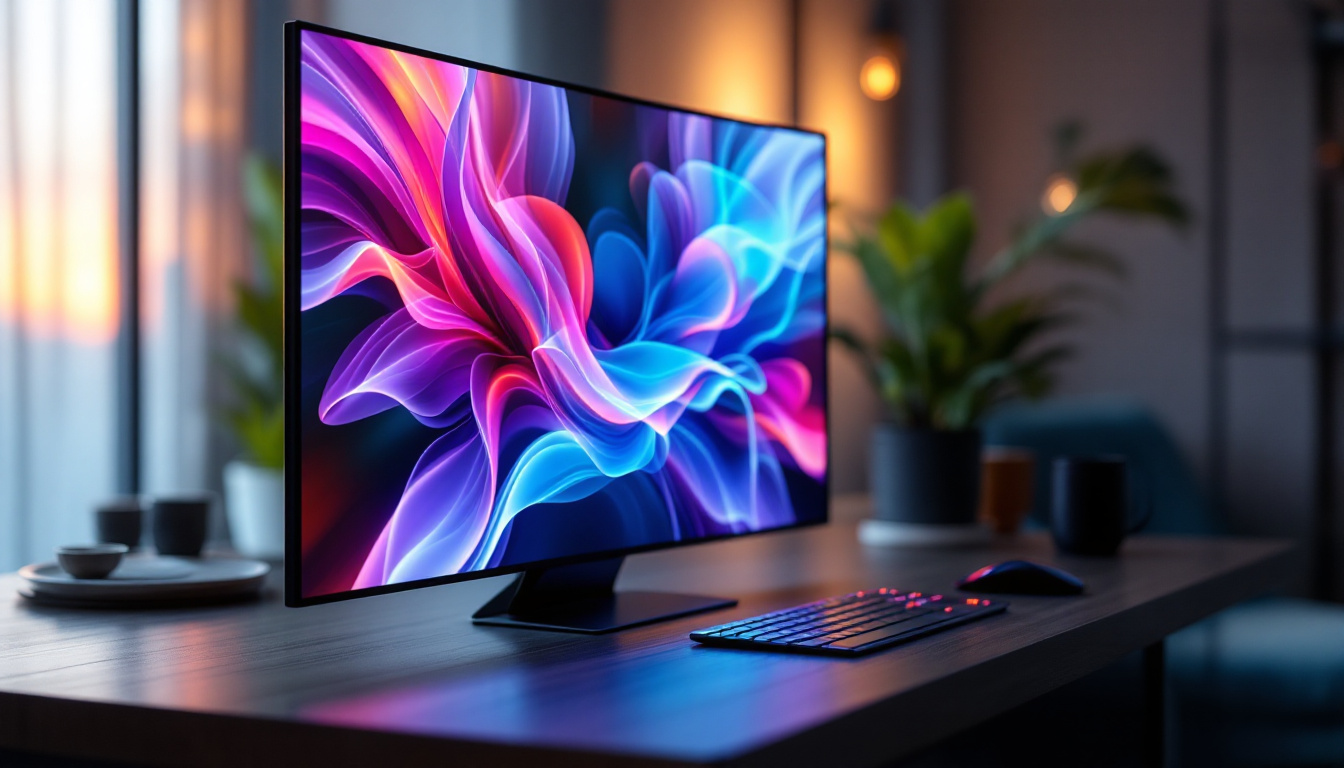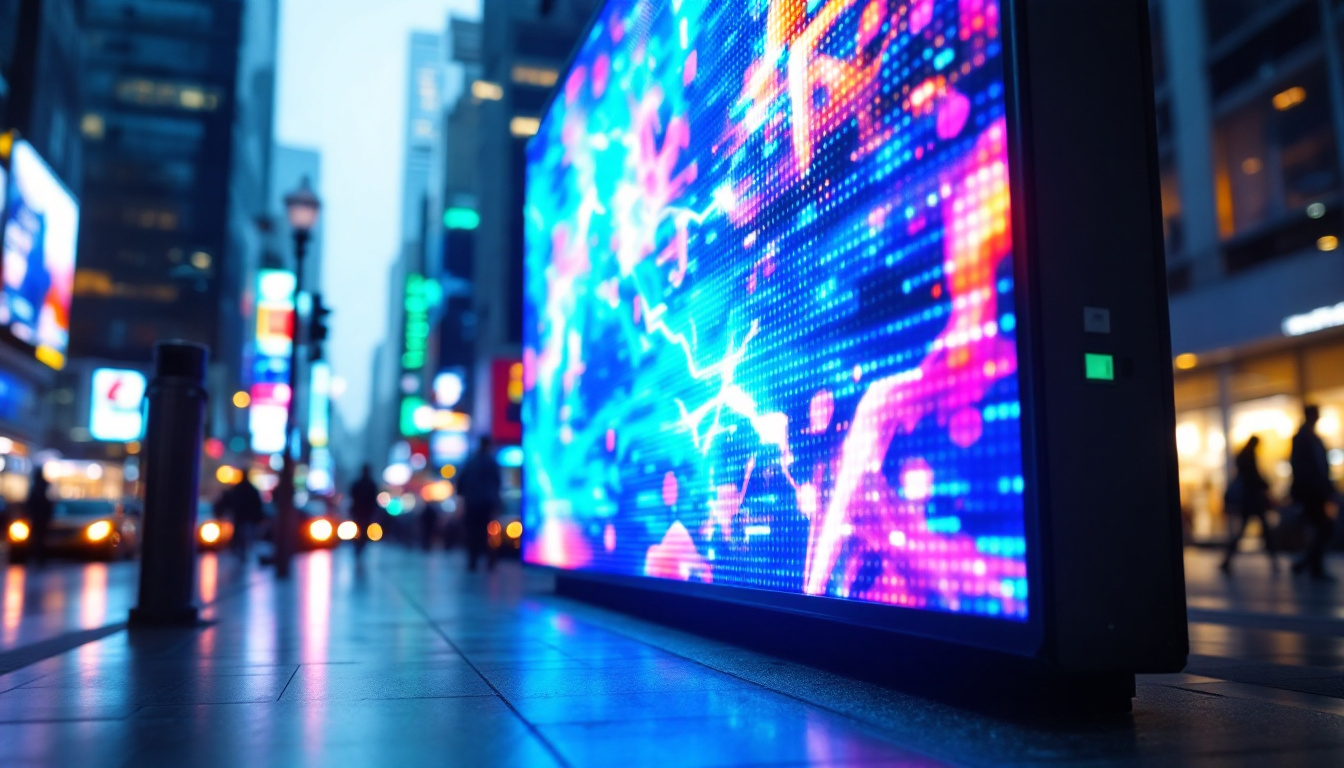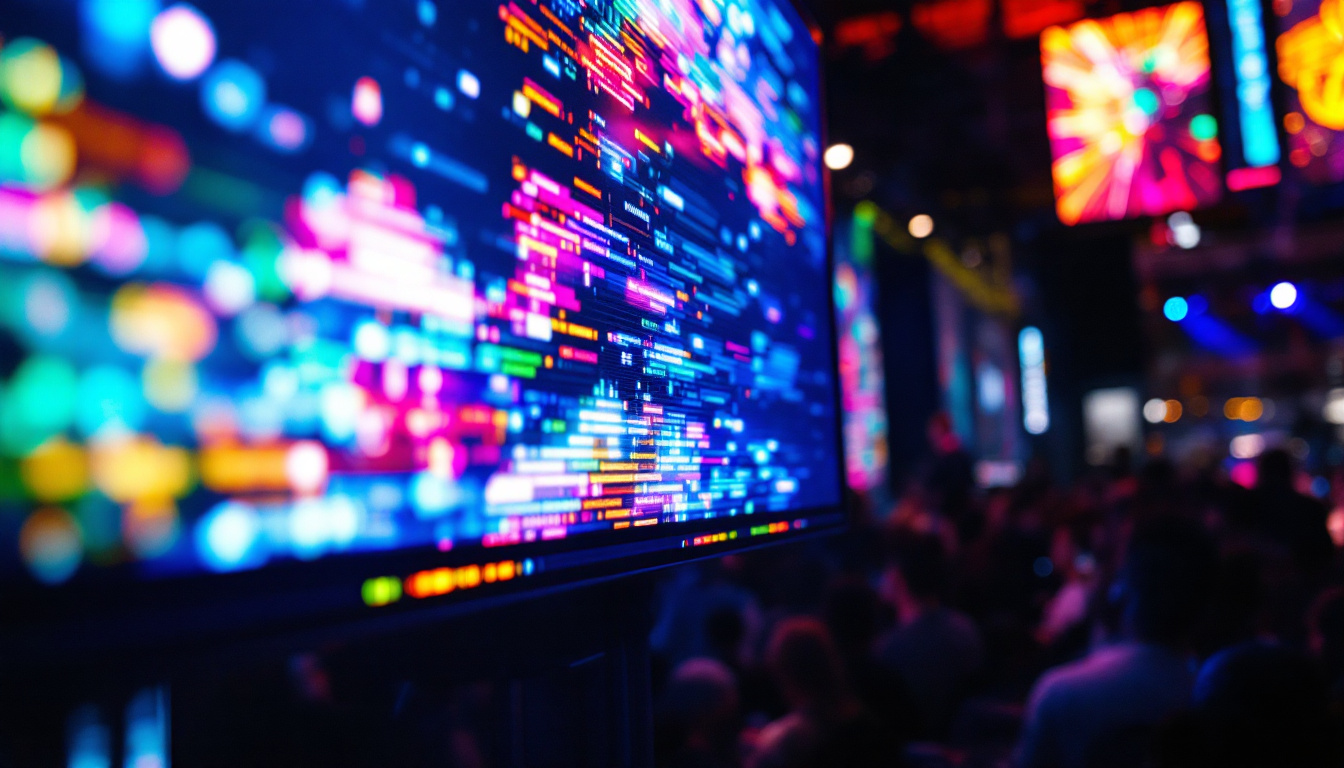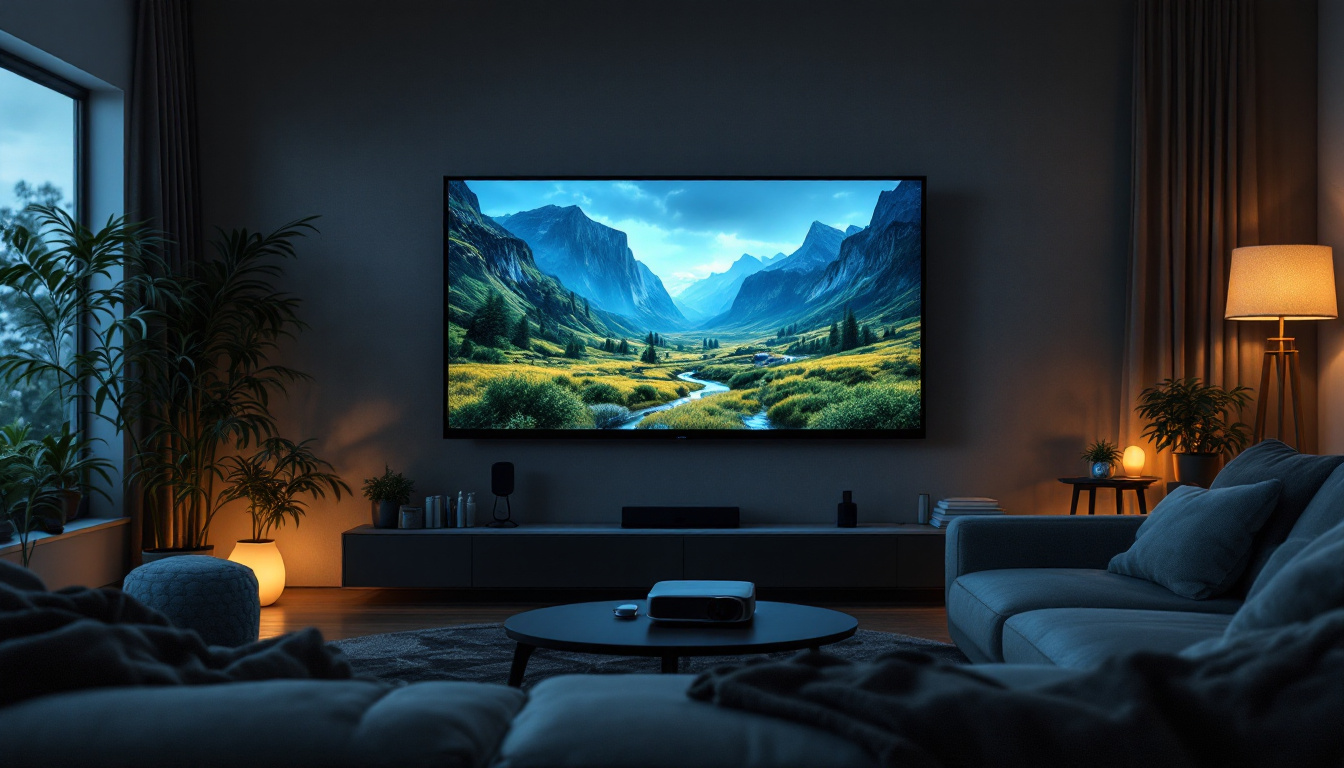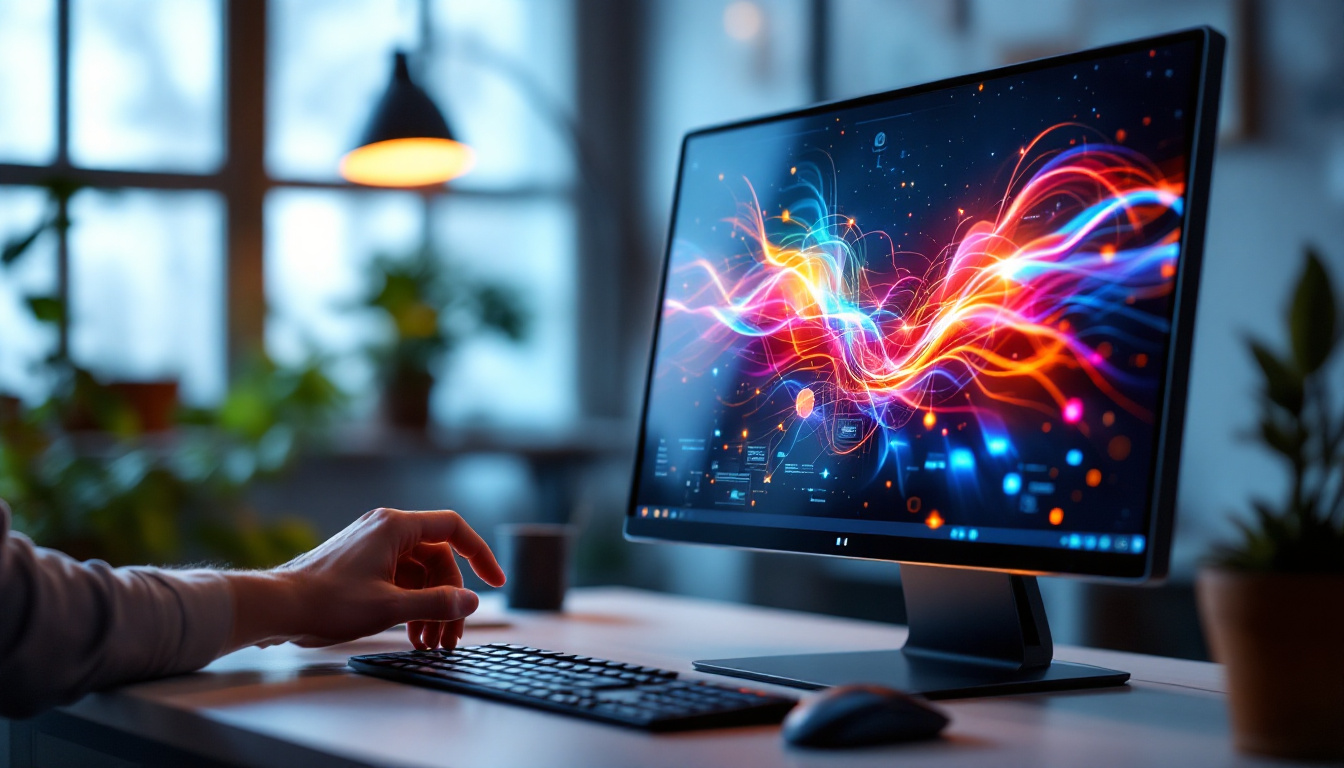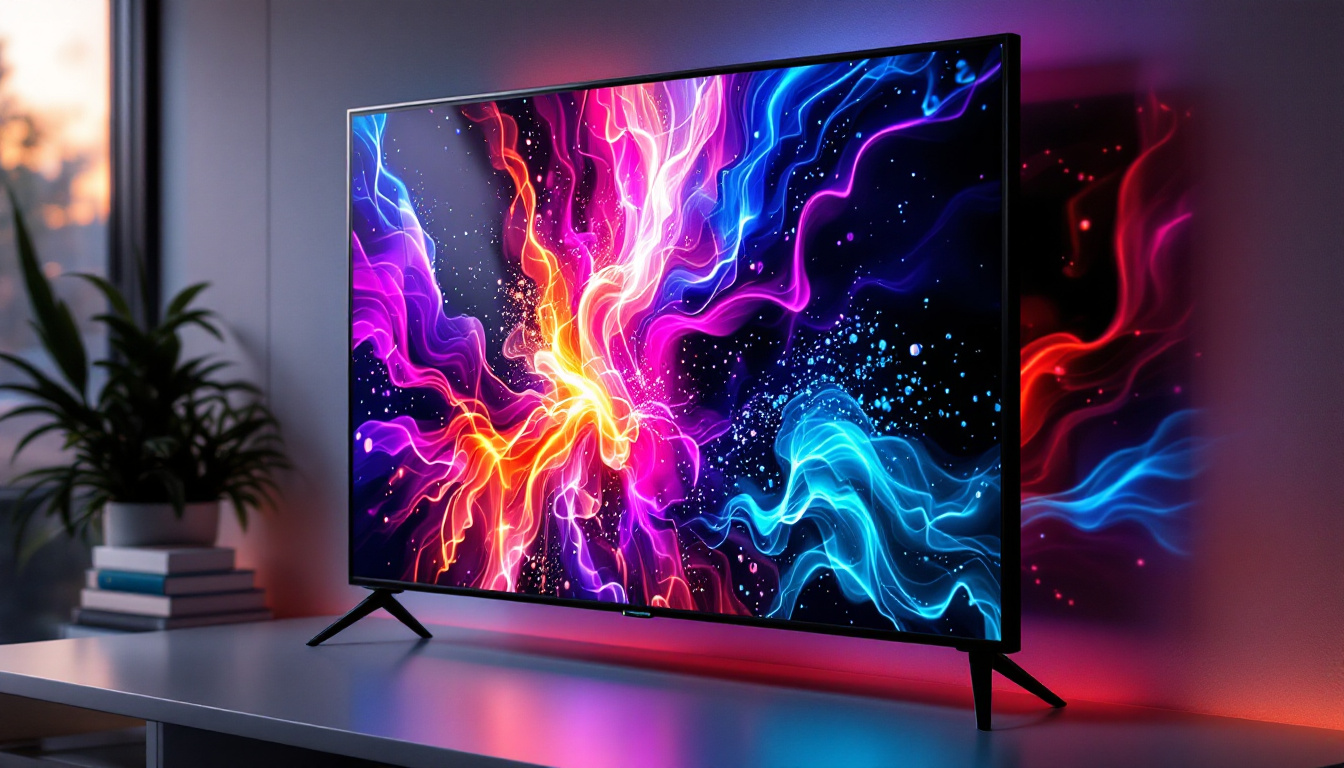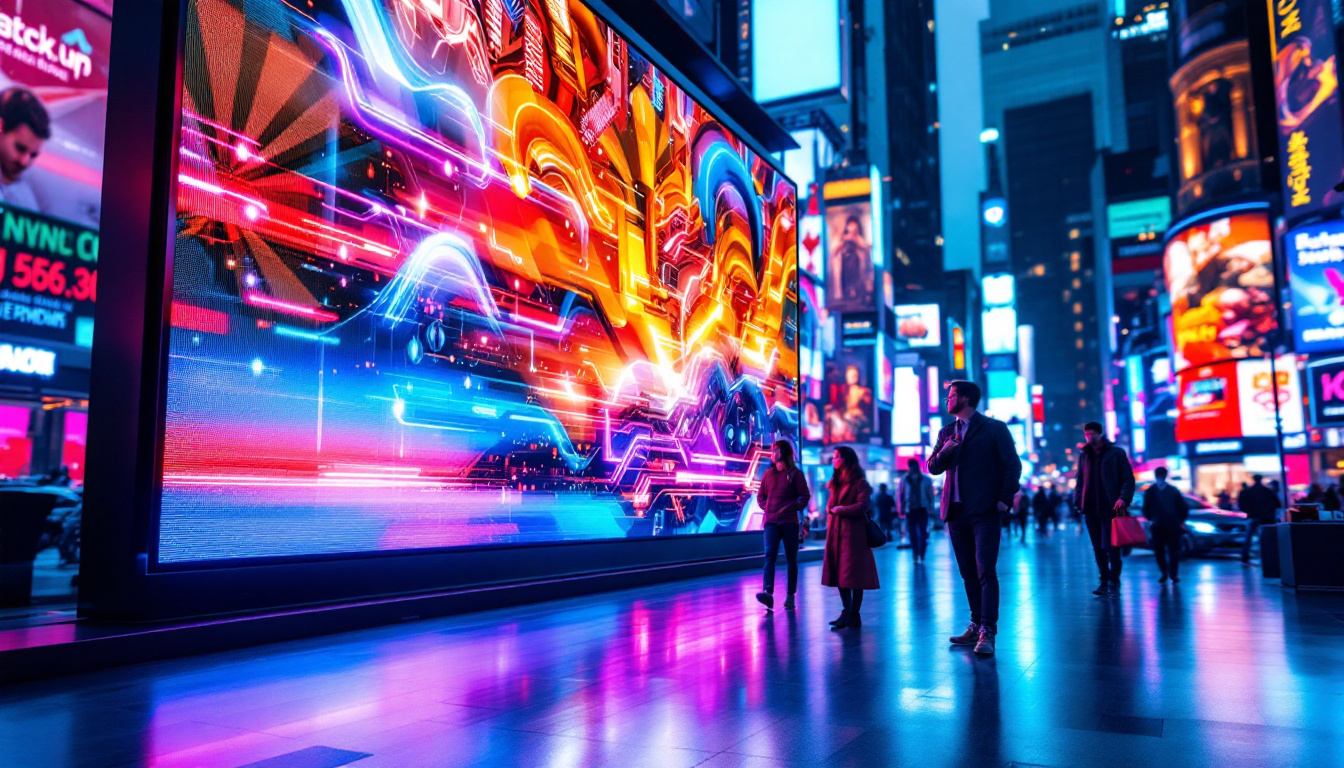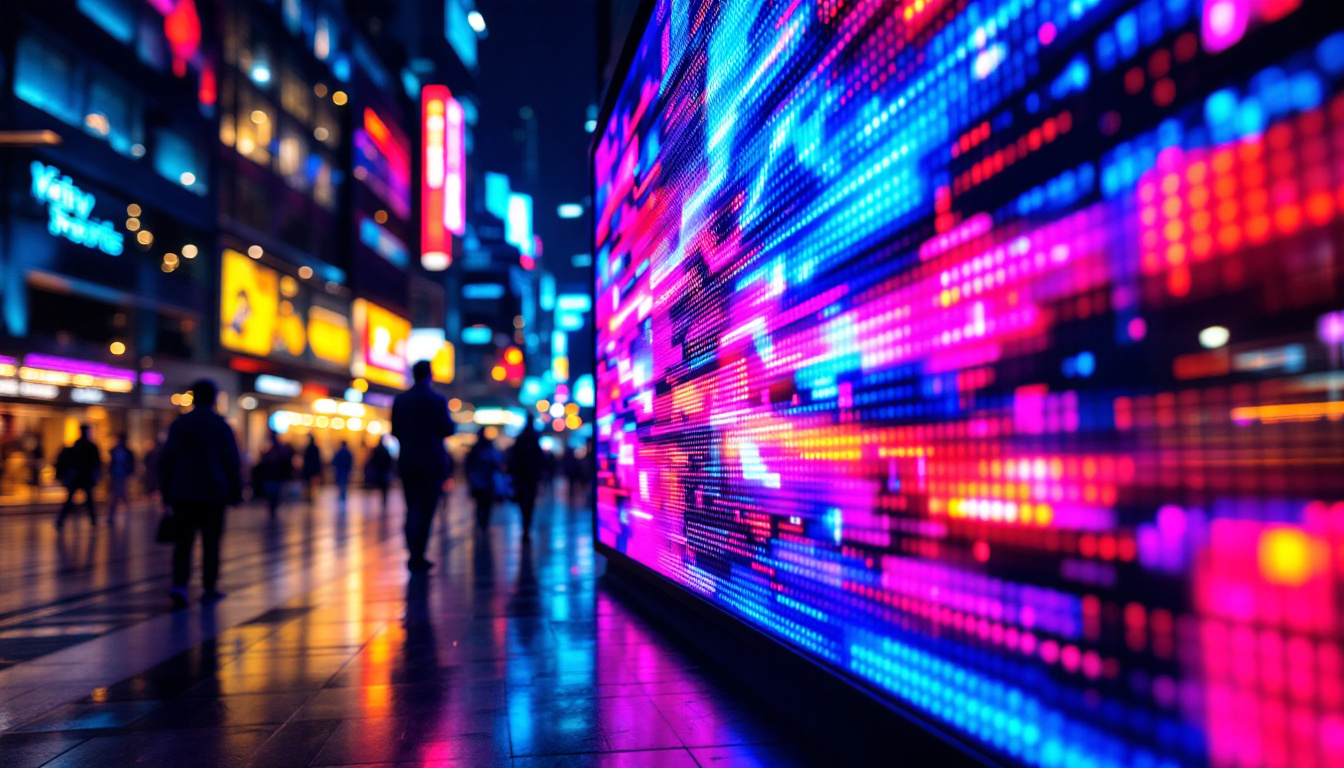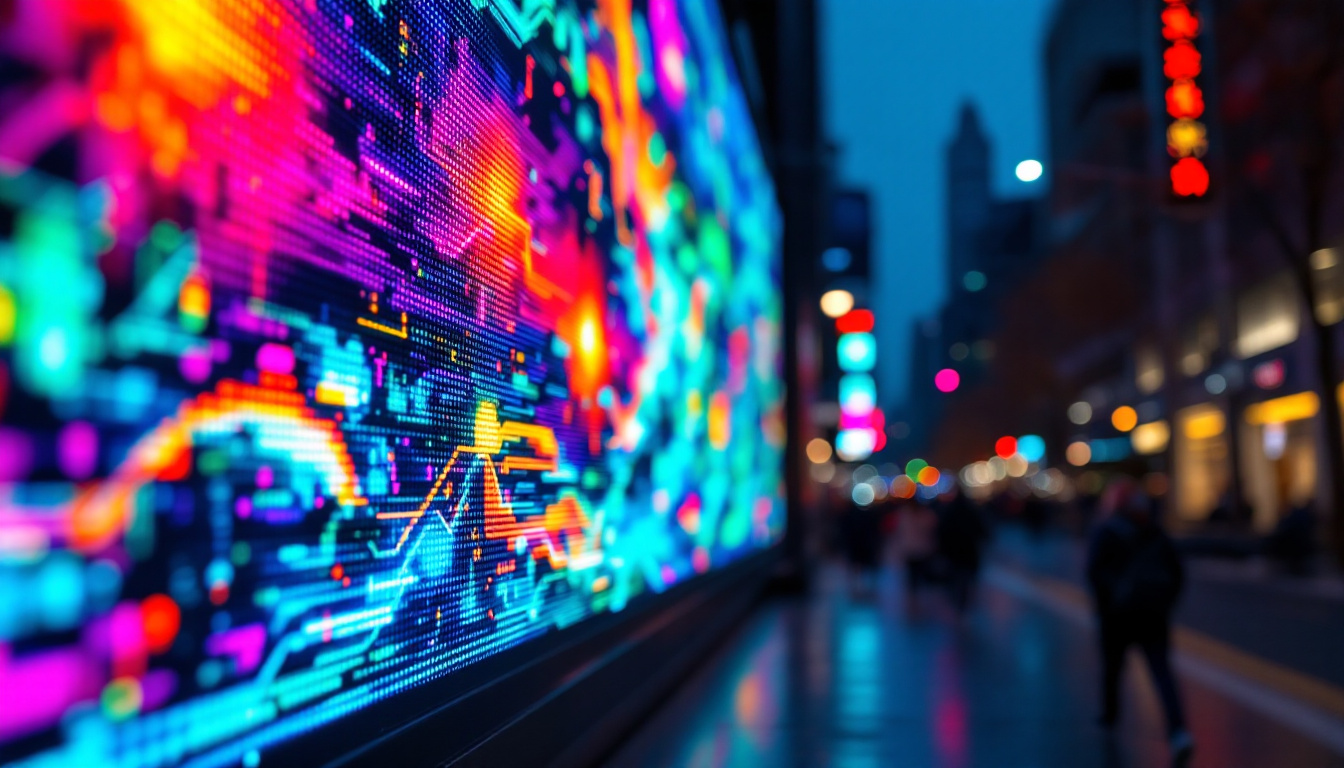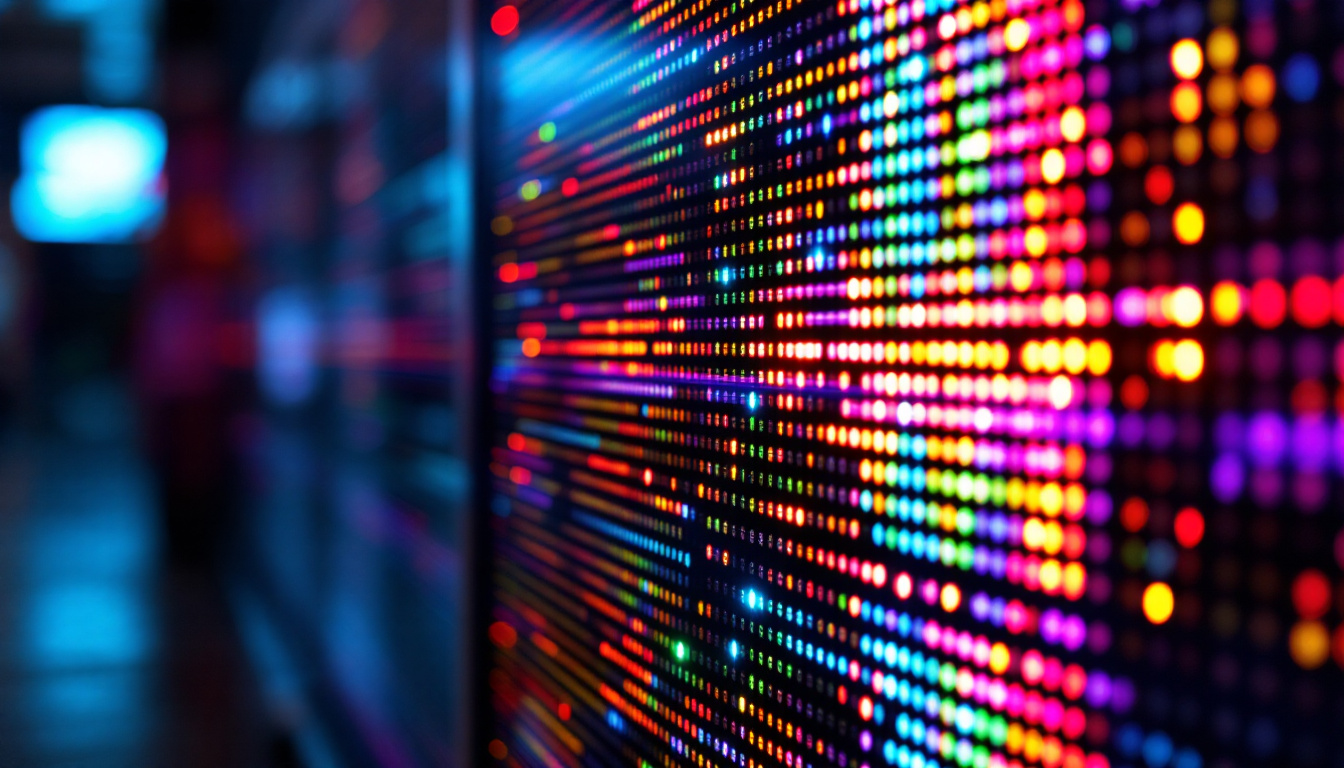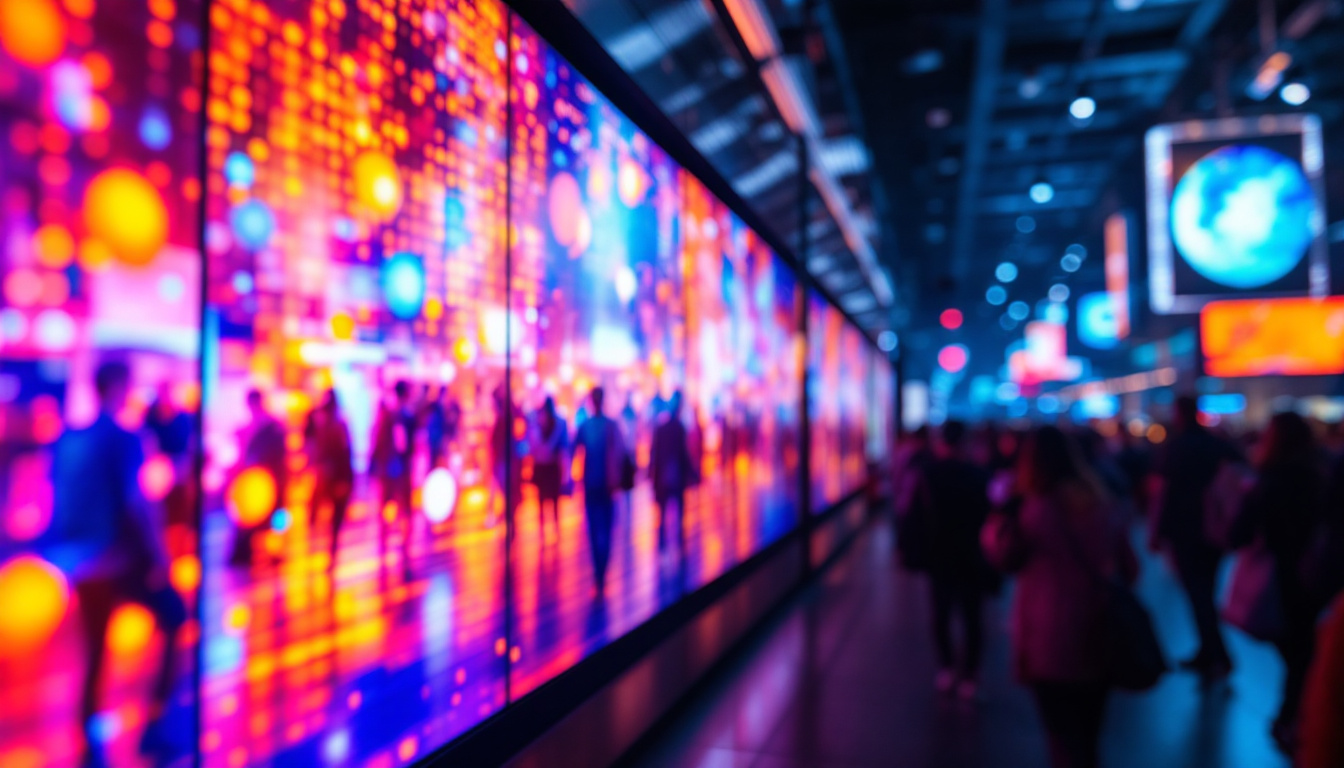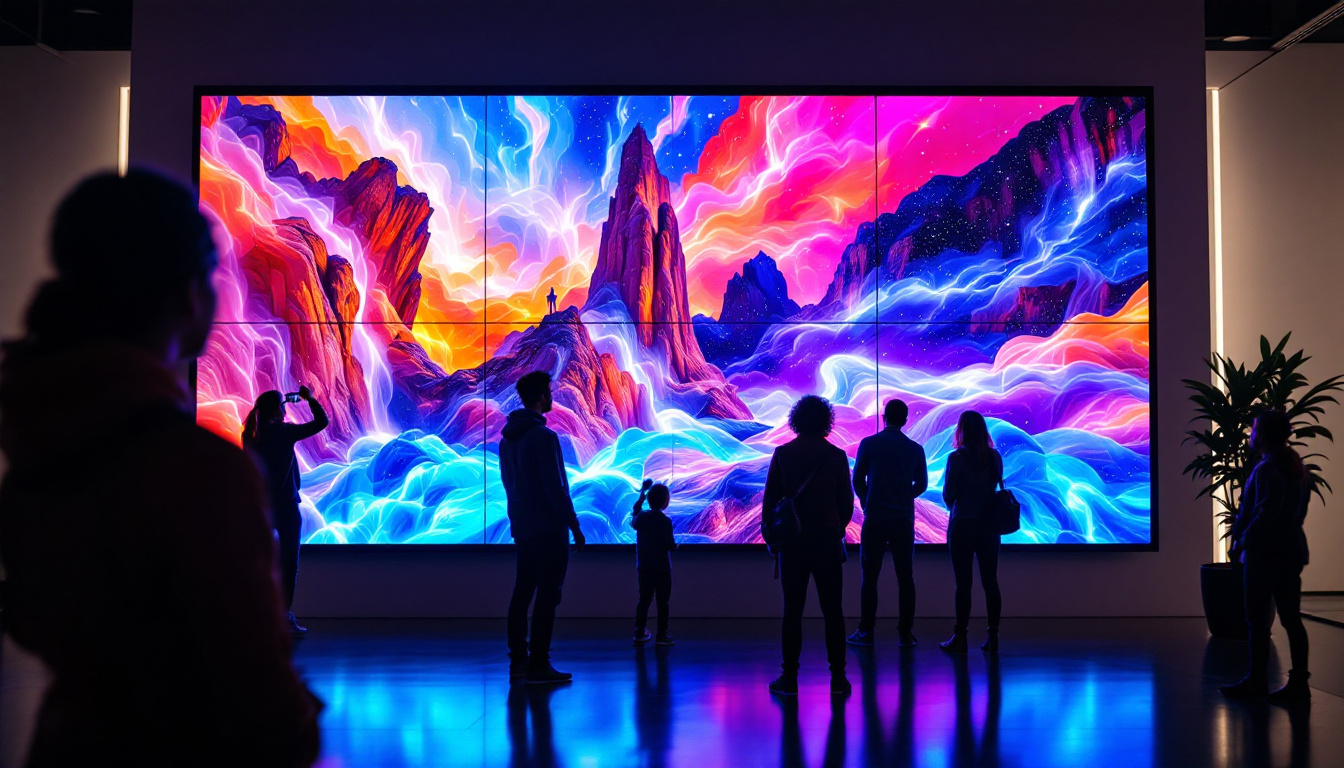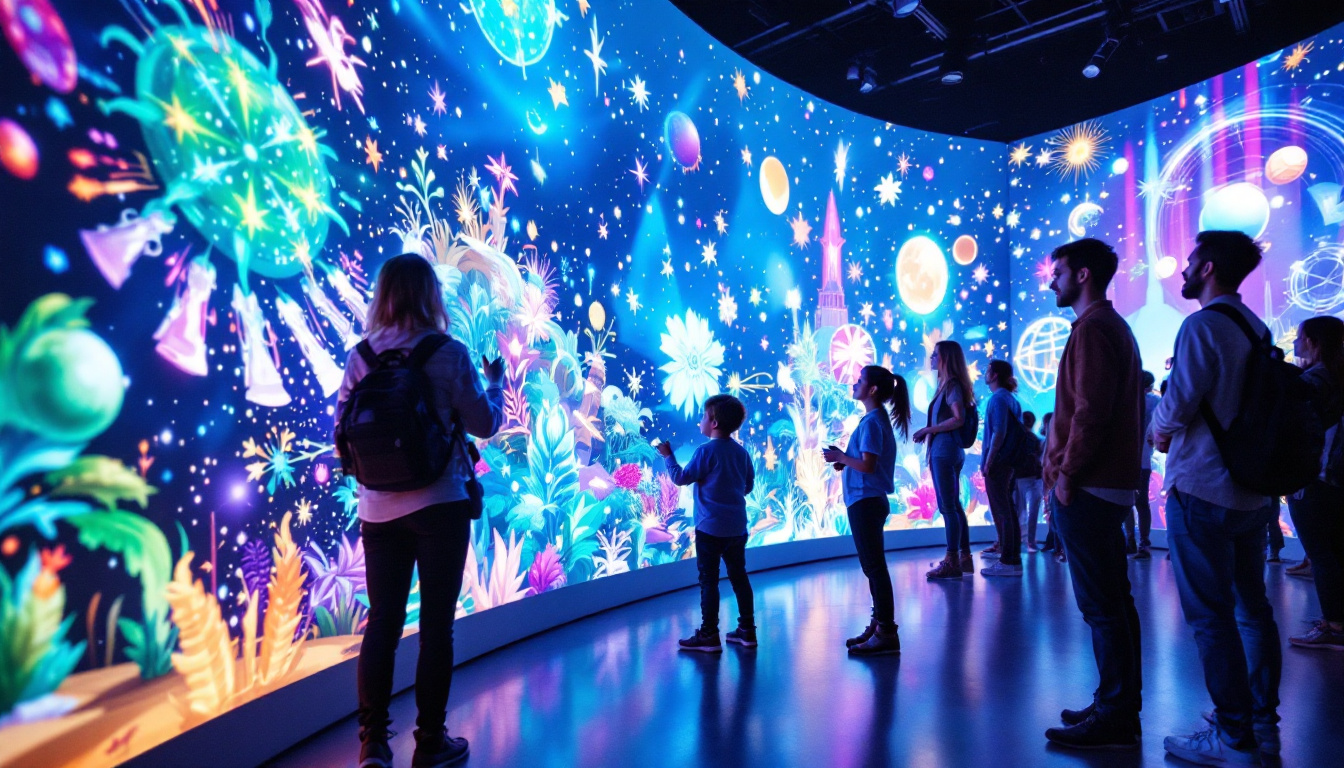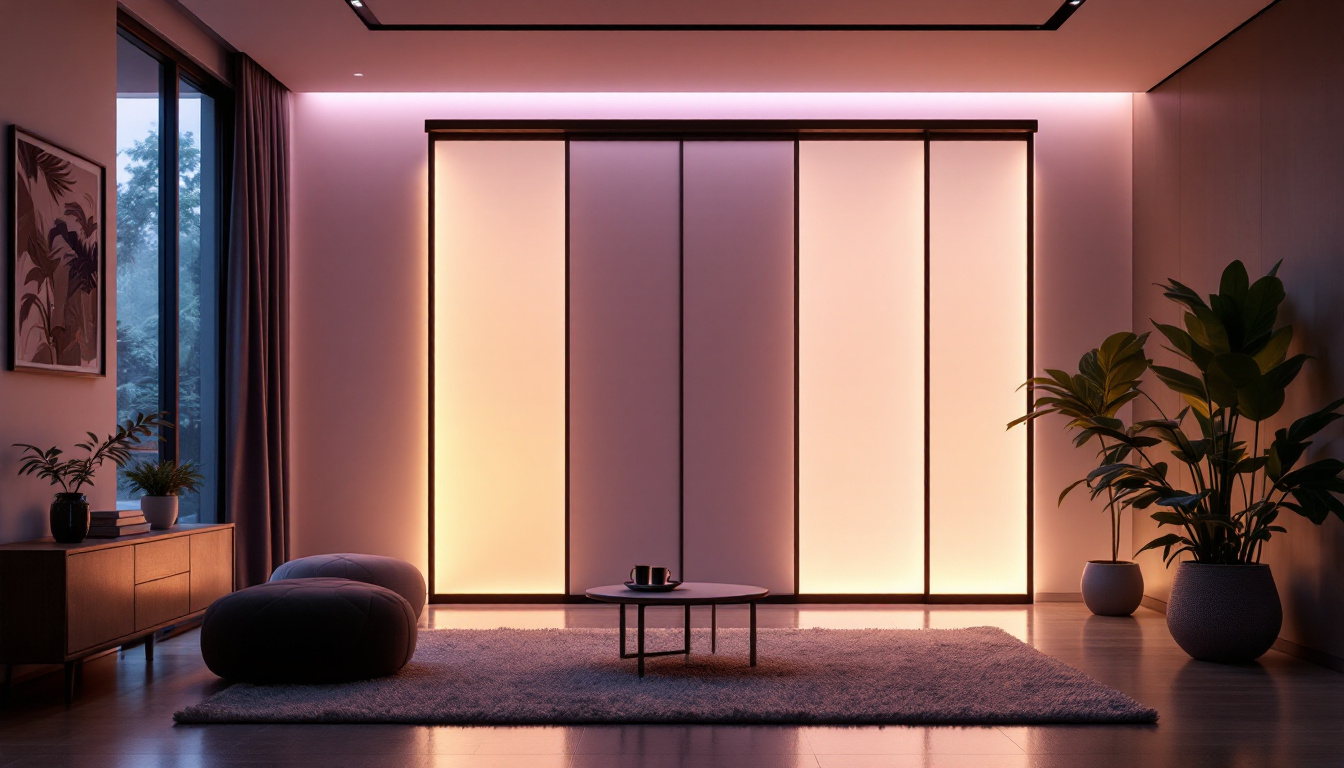In the world of modern technology, LED displays have become a ubiquitous part of our daily lives. From smartphones to large outdoor billboards, these displays are celebrated for their vibrant colors, energy efficiency, and versatility. This article delves into the intricacies of LED displays, specifically focusing on the 0201 LED format, its characteristics, applications, and advantages.
Understanding LED Technology
Light Emitting Diodes (LEDs) are semiconductor devices that emit light when an electric current passes through them. Unlike traditional incandescent bulbs, LEDs are more energy-efficient and have a longer lifespan. This efficiency has made them a popular choice for various applications, including displays. The energy savings can be significant; for example, an LED bulb can use up to 75% less energy than a comparable incandescent bulb, making them not only a cost-effective option but also a more environmentally friendly choice.
How LEDs Work
LEDs are made from a combination of materials that create a p-n junction. When voltage is applied, electrons recombine with holes in the semiconductor, releasing energy in the form of photons. The color of the light emitted depends on the materials used in the diode. For instance, gallium nitride produces blue light, while gallium phosphide produces green. This fundamental principle of electroluminescence is what sets LEDs apart from other light sources, allowing for a range of colors and intensities to be produced with remarkable efficiency.
This process is what allows LED displays to produce bright and vivid images. By combining different colored LEDs, a full spectrum of colors can be achieved, making them ideal for displays that require high levels of brightness and clarity. Additionally, the rapid response time of LEDs contributes to their ability to display dynamic content, making them perfect for video screens and digital signage that need to convey information quickly and effectively.
Types of LED Displays
LED displays come in various types, each suited for different applications. The most common types include:
- Direct View LED Displays: These displays use individual LED modules to create images directly visible to the viewer. They are commonly used in outdoor advertising and large-scale installations. Their ability to maintain visibility in bright sunlight makes them a go-to choice for billboards and stadium screens.
- LED Backlit Displays: In these displays, LEDs are used as a backlight for LCD panels. This combination enhances brightness and contrast, making it popular in televisions and computer monitors. The use of LED backlighting has allowed manufacturers to create thinner and lighter displays while improving energy efficiency.
- Organic LED (OLED) Displays: OLED technology uses organic compounds to emit light, allowing for thinner displays with better contrast ratios. They are widely used in smartphones and high-end televisions. The flexibility of OLED panels also opens up innovative design possibilities, such as curved screens and foldable devices, which are becoming increasingly popular in the market.
What is the 0201 LED Format?
The 0201 LED format refers to a specific size of surface-mounted device (SMD) LEDs. The designation “0201” indicates the dimensions of the LED package, which measures 0.02 inches by 0.01 inches. This compact size makes 0201 LEDs ideal for applications where space is at a premium, such as in mobile devices and wearables.
Physical Characteristics
The small footprint of 0201 LEDs allows for a high density of components on a circuit board. This is particularly beneficial in modern electronics, where miniaturization is key. Despite their size, these LEDs can produce bright light and are available in various colors, including red, green, blue, and white. The versatility in color options enables designers to create visually appealing interfaces and lighting effects that enhance user experience.
Another advantage of the 0201 format is its compatibility with automated assembly processes. This enables manufacturers to produce devices more efficiently and at a lower cost, contributing to the widespread adoption of this LED format in consumer electronics. Furthermore, the low thermal resistance of 0201 LEDs allows for effective heat dissipation, ensuring reliability and longevity in various applications. As technology advances, the development of these tiny LEDs continues to evolve, with improvements in brightness and energy efficiency that further solidify their role in cutting-edge electronic designs.
Applications of 0201 LEDs
0201 LEDs are employed in a wide range of applications due to their compact size and efficiency. Some common uses include:
- Smartphones: The small size of 0201 LEDs allows for their integration into the compact designs of modern smartphones, used for indicators and backlighting.
- Wearable Devices: Fitness trackers and smartwatches often utilize 0201 LEDs for display and notification purposes, providing users with essential information without taking up much space.
- Automotive Lighting: In vehicles, 0201 LEDs can be found in dashboard indicators and ambient lighting, enhancing both functionality and aesthetics.
In addition to these applications, 0201 LEDs are also making their way into the realm of smart home technology. They are increasingly used in smart lighting systems, where their small size allows for seamless integration into fixtures and control panels. This enables homeowners to enjoy customizable lighting solutions that can be adjusted for mood or activity, all while maintaining a sleek and unobtrusive design. Moreover, the energy efficiency of 0201 LEDs contributes to the growing trend of sustainable living, as they consume less power compared to traditional lighting options, thereby reducing overall energy costs.
Furthermore, the medical field has begun to explore the potential of 0201 LEDs in various devices, such as diagnostic equipment and portable health monitors. Their compact size and bright output make them suitable for indicators and displays in devices that require precise and clear visual feedback. As the demand for portable and efficient medical technology continues to rise, the role of 0201 LEDs is likely to expand, paving the way for innovative solutions that enhance patient care and monitoring.
Advantages of LED Displays
LED displays, including the 0201 format, offer numerous advantages over traditional display technologies. These benefits contribute to their growing popularity across various industries.
Energy Efficiency
One of the most significant advantages of LED displays is their energy efficiency. LEDs consume far less power than traditional incandescent or fluorescent lights, making them an eco-friendly choice. This efficiency translates to lower energy bills and reduced carbon footprints, appealing to both consumers and businesses. Moreover, the reduced energy consumption of LED displays helps to decrease the overall demand for electricity, which can lead to a more stable and sustainable energy grid. As awareness of climate change grows, many organizations are seeking ways to minimize their environmental impact, and switching to LED technology is a straightforward and effective step in that direction.
Longevity and Durability
LEDs have an impressive lifespan, often exceeding 25,000 hours of use. This longevity means less frequent replacements, reducing maintenance costs and waste. Additionally, LEDs are more durable than traditional bulbs, as they are less susceptible to breakage and can withstand harsh environmental conditions. This resilience makes them particularly suitable for outdoor applications, where exposure to weather elements can be a significant concern. Furthermore, the solid-state construction of LED technology means they are less prone to failure due to shock or vibration, making them ideal for use in mobile displays and dynamic environments such as concerts or sporting events.
High Brightness and Contrast
LED displays are known for their exceptional brightness and contrast levels. This capability allows them to perform well in various lighting conditions, from dimly lit rooms to bright outdoor environments. The ability to produce vibrant colors and sharp images makes LED displays ideal for advertising, entertainment, and information dissemination. Additionally, the advanced technology behind LED displays allows for better color accuracy and uniformity, ensuring that viewers receive a consistent visual experience regardless of their viewing angle. This feature is particularly crucial in settings such as retail stores or trade shows, where capturing the attention of potential customers is essential. The versatility of LED displays also extends to their ability to be configured in various shapes and sizes, enabling creative installations that can enhance the aesthetic appeal of any space.
Challenges and Considerations
While LED displays, particularly the 0201 format, offer numerous advantages, there are also challenges and considerations to keep in mind.
Cost of Production
Although the cost of LED technology has decreased over the years, the initial investment for high-quality LED displays can still be significant. This factor may deter some businesses from adopting LED technology, especially in large-scale installations.
Heat Management
LEDs generate heat during operation, which can affect their performance and lifespan if not managed properly. Effective heat dissipation mechanisms must be implemented in LED designs to ensure optimal performance and longevity.
Color Accuracy
While LEDs can produce a wide range of colors, achieving accurate color reproduction can be challenging. Variations in manufacturing processes can lead to differences in color output, which may not be acceptable in applications requiring precise color matching.
The Future of LED Displays
The future of LED displays, including the 0201 format, looks promising as technology continues to evolve. Innovations in materials, design, and manufacturing processes are expected to enhance the performance and capabilities of LED displays.
Advancements in Technology
Research and development in LED technology are ongoing, with a focus on improving efficiency, brightness, and color accuracy. Emerging technologies such as MicroLED and MiniLED are set to revolutionize the display industry, offering even smaller pixels and better performance.
Integration with Smart Technologies
As the Internet of Things (IoT) continues to expand, LED displays will increasingly integrate with smart technologies. This integration will enable more interactive and responsive displays, enhancing user experiences in various applications, from retail to home automation.
Sustainability Efforts
With growing concerns about environmental impact, the LED industry is also focusing on sustainability. Efforts to develop recyclable materials and energy-efficient manufacturing processes are underway, ensuring that LED technology remains a green choice for consumers and businesses alike.
Conclusion
LED displays, particularly the 0201 format, represent a significant advancement in display technology. Their compact size, energy efficiency, and vibrant color capabilities make them ideal for various applications, from consumer electronics to large-scale advertising. While challenges exist, ongoing advancements in technology and a focus on sustainability suggest a bright future for LED displays.
As industries continue to embrace LED technology, the potential for innovation and improved user experiences is limitless. Understanding the intricacies of LED displays, including the 0201 format, is essential for anyone looking to leverage this technology in their products or services.
Discover LumenMatrix LED Display Solutions
Ready to elevate your visual experience with the latest in LED technology? LumenMatrix is at the forefront of LED innovation, offering a wide range of advanced LED display solutions tailored to meet your needs. From captivating Indoor LED Walls to dynamic Vehicle LED Displays and beyond, our mission is to transform your visual communication with unparalleled clarity and impact. Don’t miss the opportunity to engage and captivate your audience. Check out LumenMatrix LED Display Solutions today and see the difference for yourself.

